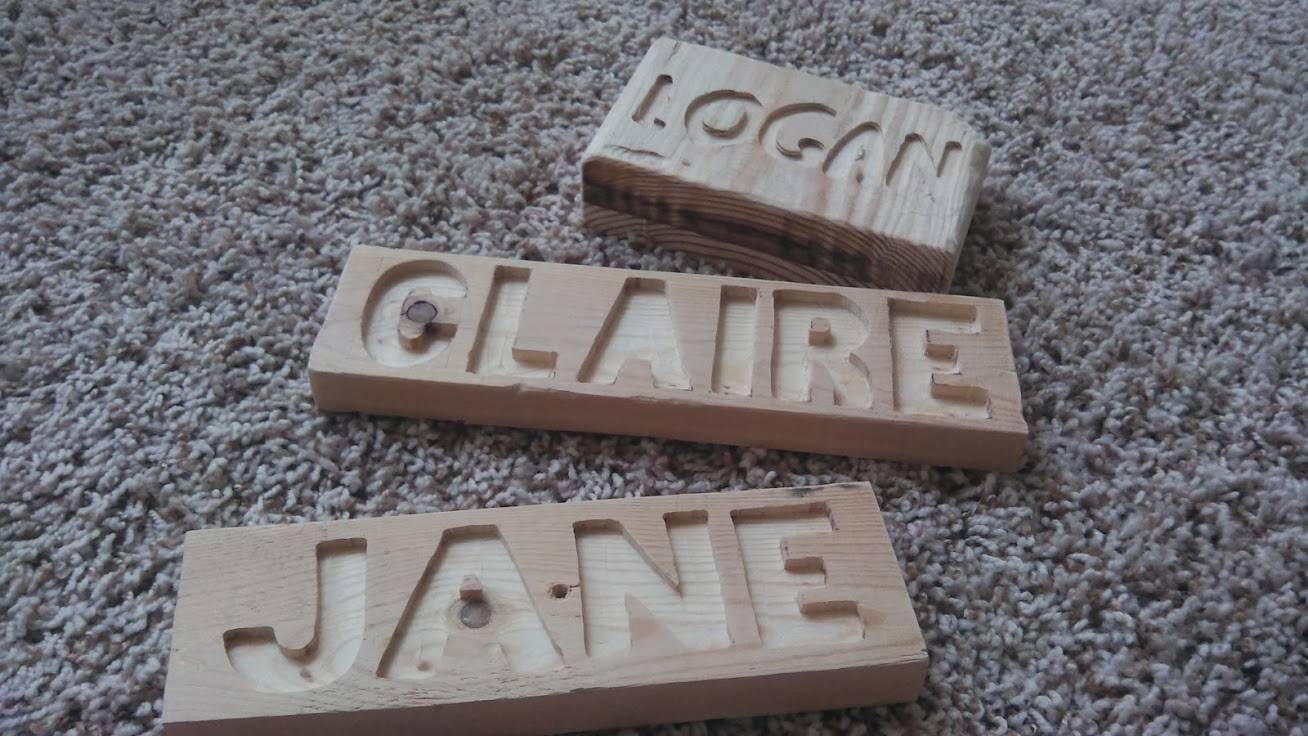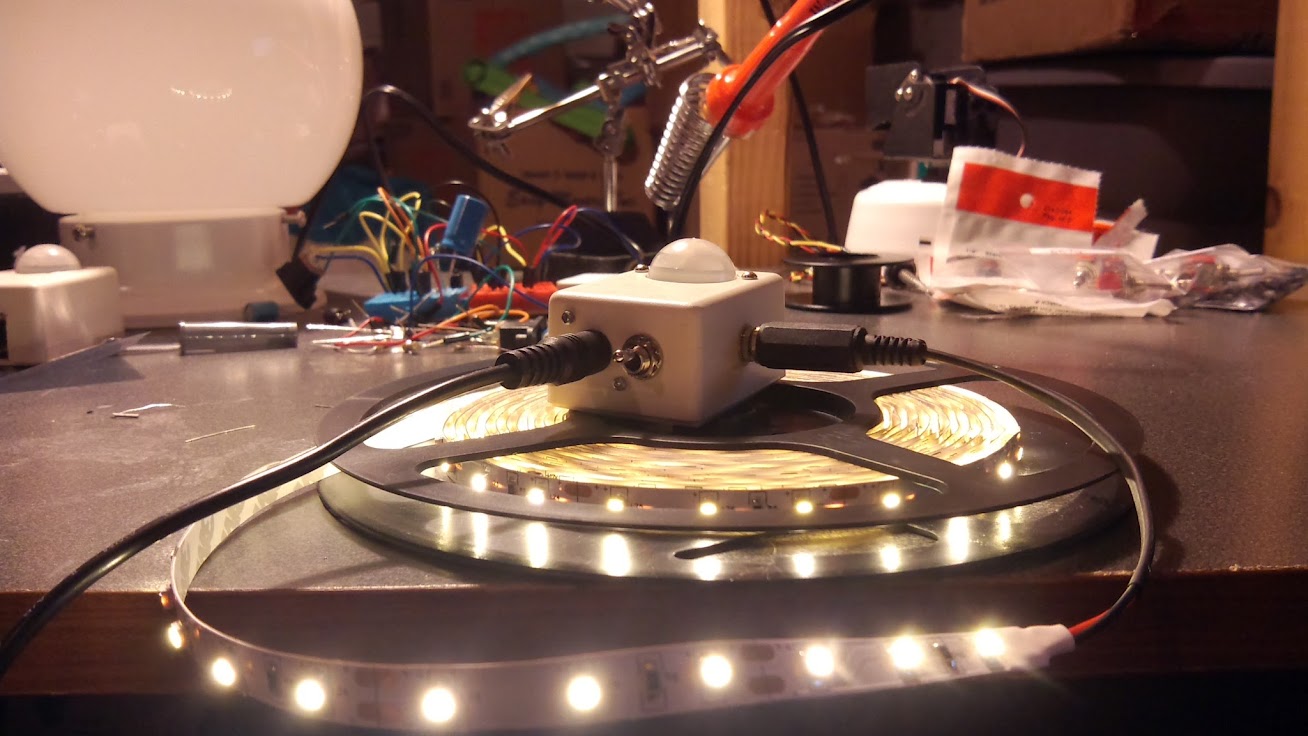SaltConf 2014
Being one to try to automate all teh things, I'm always curious to find and experiment with new tools that appear which are supposed to help me be lazy. SaltStack is one such tool.
I first stumbled upon references to SaltStack sometime before the summer of 2012. At the time, I only put enough effort into SaltStack to be aware of what it does and a little bit of its history. I remember telling a few of my friends about it, and adding it to my TODO list. At some point, I even installed it on a couple of my computers.
The problem was that I never made time to actually learn how to use it. I kept telling myself that I'd experiment with it, but something else always got in the way--kids, work, gaming... Also, I had briefly used tools like chef and puppet (or tried to), and I had a bad taste in my mouth about configuration management utilities. I'm sure part of my hesitation had to do with those tools.
Anyway, fast forward to the beginning of January 2014. Salt is still installed on my main computer, but I've never even launched or configured it. I decided to uninstall salt and come back to it another time. Just a few short days after uninstalling salt, my supervisor at work sent me an email, asking if I'd be interested in attending SaltConf. I was more than happy to jump on the opportunity to finally learn about this tool that I had been curious and hesitant to use (and get paid to do it!).
The Training
I was able to sign up for an introductory course for SaltStack, which took place on Tuesday, January 28th. This was an all-day ordeal, but it was very intriguing to me. Normally, I'm one of the quiet ones in a classroom setting. I rarely ask questions or comment on this or that. This was not the case with the training course. I was all over everything our instructors had to say. I was hooked.
A lot of topics were quickly reviewed during the training. What normally takes 3 days was compressed into a single-day course. It was rather brutal in that sense--tons of material to digest. I think they did a fantastic job of explaining the core concepts and giving a fair number of examples during the training.
The Conference
SaltConf really began on Wednesday, and there were some absolutely fantastic sessions. I was particularly impressed with a demo of VMware's vCloud Application Director, which can orchestrate the creation of entire clusters of inter-related servers.
Other sessions that were quite interesting to me mostly related to virtualization using Docker, straight LXC, and libvirt. I'm very excited to become proficient with salt when dealing with virtualized environments.
The Certification
SaltStack officially introduced its first certification, known as SSCE (SaltStack Certified Engineer). The certification fee was included in the registration for the conference. Despite only having a matter of hours worth of rudimentary experience with SaltStack, I decided I might as well take a stab at the exam. I fully expected to fail, but I had absolutely nothing to lose other than an hour taking the exam.
Well, I took the exam Wednesday night, after the full day of training and another full day of seeing real-world uses for salt. I did spend an hour or two reading docs, installing, and configuring salt on my home network too. Eighty questions and 56 minutes later, I learned my score.
I got 68 our of the 80 questions correct--85%! Not bad for a newbie. I hear the pass/fail threshold is 80%, but I've yet to receive my SSCE number or anything like that. Hopefully by Monday I'll receive that information.
Moving Forward
It actually occurred to me that I've basically built my own version of the platform-independent remote execution portion of SaltStack (for work). Many of the same concepts exist in both salt and my own implementation. I will say that I am partial to the my design, but I'll most likely be phasing it out to move toward salt in the long term.
After attending all three days of SaltStack deliciousness, I'm absolutely convinced that salt will be a part of my personal and professional toolkit for a long time to come. It's an extremely powerful and modular framework.
In the little bit of experimentation that I've done with salt on my home network, I've already found a few bug that appear to be low-hanging fruit. I plan on working closely with the community to verify that they are indeed bugs, and I most definitely plan on contributing back everything I can. This is such an exciting project!!
If you haven't used it yet, you must research it and give it a try. It is a game-changer.


